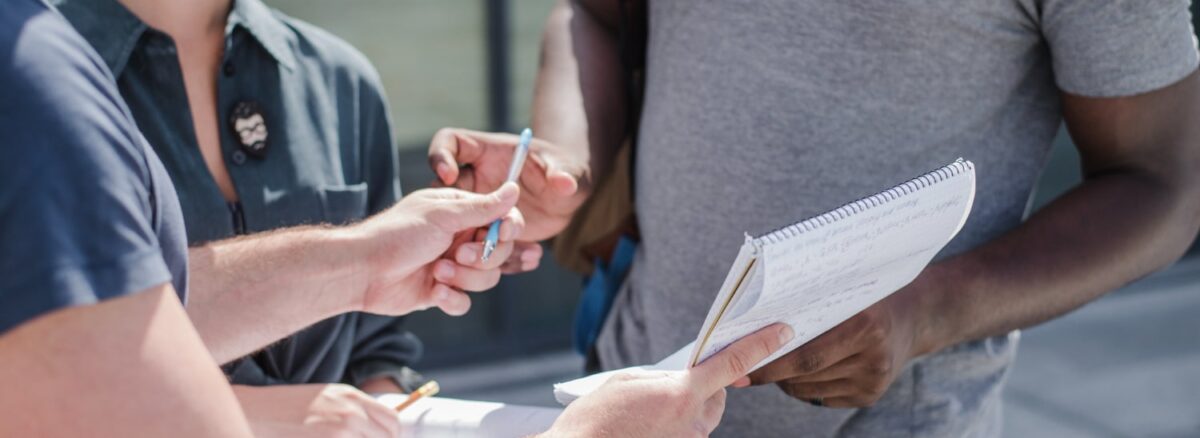In the modern educational landscape, a term that frequently surfaces is “Physical Education” (PE). It’s more than just a class on the timetable; it’s a crucial component of a well-rounded education. Physical Education aims to nurture not only the physical well-being of students but also their mental and emotional development. This article delves into the nature and scope of Physical Education, with a special focus on its manifestation in the context of school physical exams.
Understanding Physical Education
Physical Education can be defined as an educational discipline that incorporates physical activities and exercises to promote holistic development among individuals. The primary objective is to enhance physical fitness, develop motor skills, and foster a positive attitude towards an active lifestyle. However, the scope of Physical Education goes beyond mere physical activities.
Physical Fitness
PE classes offer a structured platform for students to engage in various physical activities, such as running, jumping, swimming, and team sports. These activities contribute to cardiovascular fitness, muscle strength, and flexibility. Moreover, they help combat sedentary lifestyles, which have become increasingly common due to technological advancements.
Motor Skill Development
Physical Education is instrumental in refining motor skills among students. Activities that require coordination, balance, and agility aid in the development of gross and fine motor skills. These skills not only contribute to physical fitness but also have a positive impact on academic performance.
Cognitive Benefits
Engaging in physical activities triggers the release of neurotransmitters that enhance cognitive functions. Regular exercise is linked to improved concentration, memory retention, and problem-solving abilities. Physical Education, thus, indirectly supports academic excellence.
Emotional and Social Growth
Team sports and group activities in PE classes nurture essential life skills such as teamwork, communication, and leadership. These experiences contribute to emotional resilience and the development of healthy self-esteem.
The Role of School Physical Exams
A critical juncture where Physical Education’s nature and scope become tangible is during school physical exams. These examinations serve as an avenue to assess students’ physical health, monitor their growth, and detect any underlying health issues. While the specifics of these exams might vary from one educational institution to another, the common goal remains the same: ensuring the overall well-being of students.
Health Assessment
School physical exams involve measuring vital parameters such as height, weight, blood pressure, and vision. These assessments help in identifying potential health concerns, ensuring that appropriate interventions are implemented in a timely manner.
Fitness Evaluation
Many school physical exams also encompass fitness assessments, where students engage in activities that measure their endurance, strength, and flexibility. This provides a comprehensive picture of their physical fitness levels and highlights areas that might need improvement.
Early Detection
School physical exams play a pivotal role in the early detection of health issues. Through these exams, conditions like scoliosis, hearing impairments, and nutritional deficiencies can be identified early, enabling prompt medical attention.
Promoting Health Awareness
School physical exams are not solely about diagnosis; they also contribute to health education. Students receive guidance on maintaining a balanced diet, staying active, and adopting healthy lifestyle habits. This knowledge equips them to make informed choices about their well-being.
Final Words
In a world where technological advancements often lead to sedentary behaviors, Physical Education emerges as a beacon of holistic development. Its nature encompasses not only physical fitness but also cognitive, emotional, and social growth. School physical exams, as a subset of Physical Education, stand as a crucial mechanism to ensure the health and well-being of students. By merging education with physical well-being, Physical Education becomes a cornerstone in nurturing healthy and well-rounded individuals.

